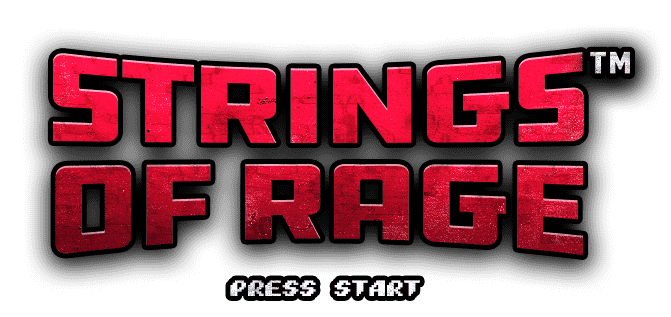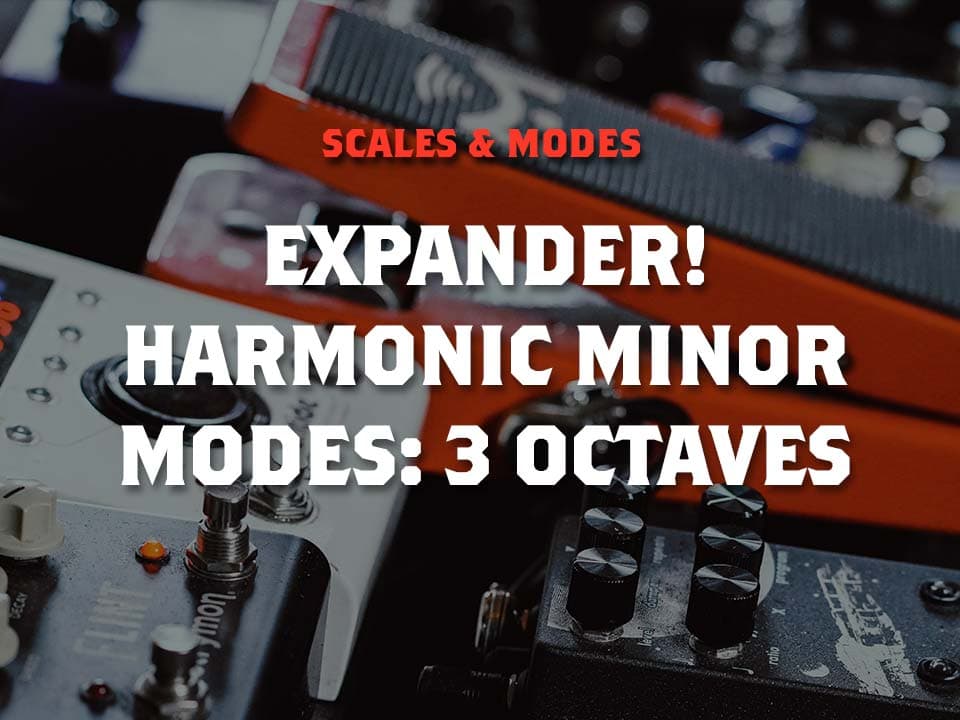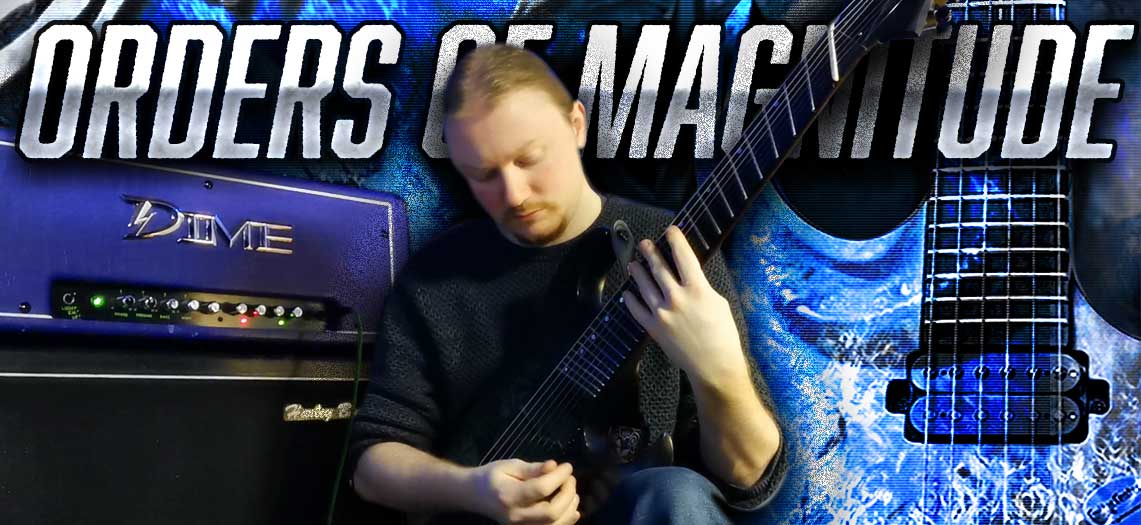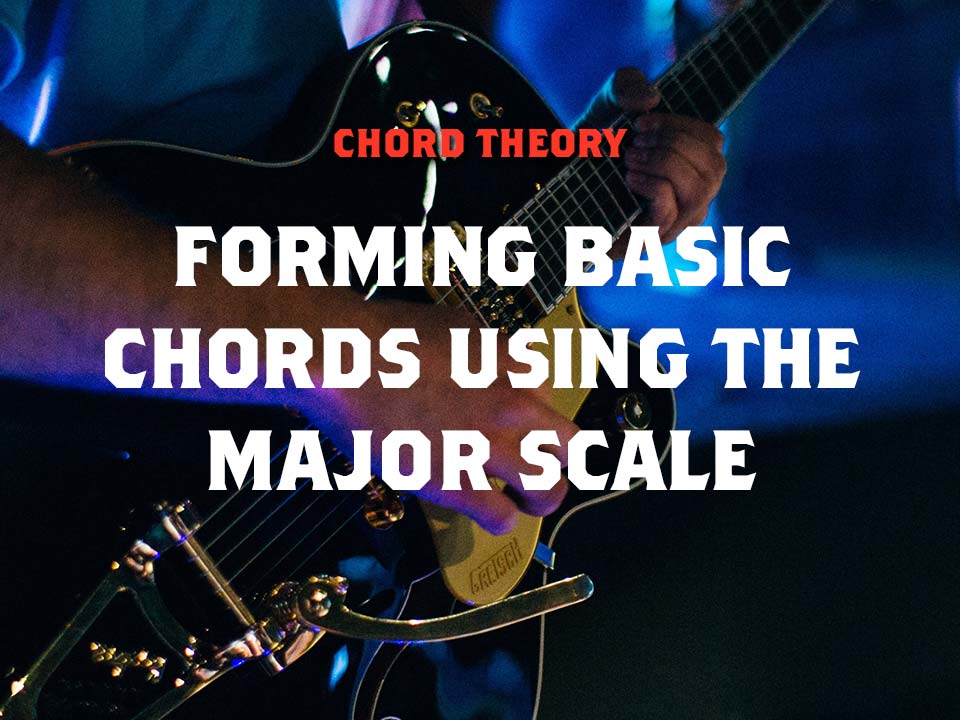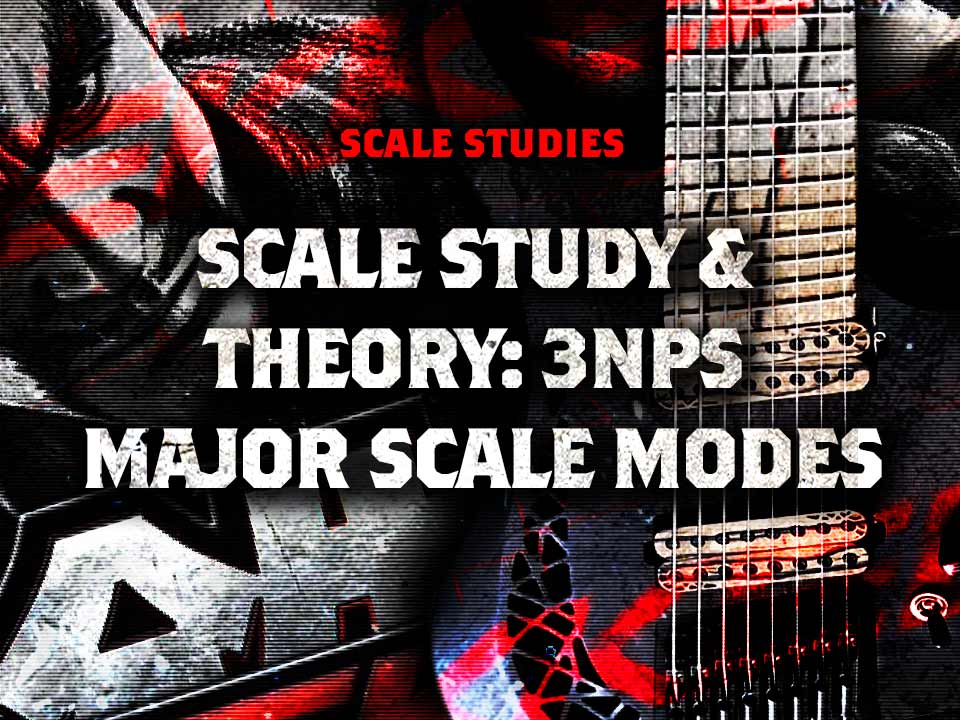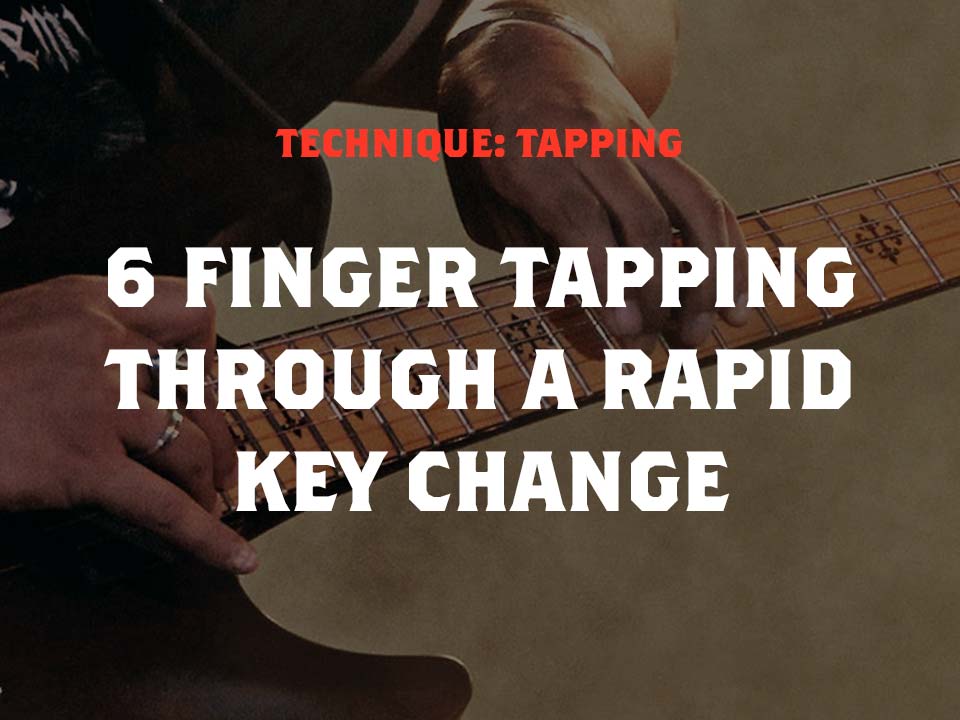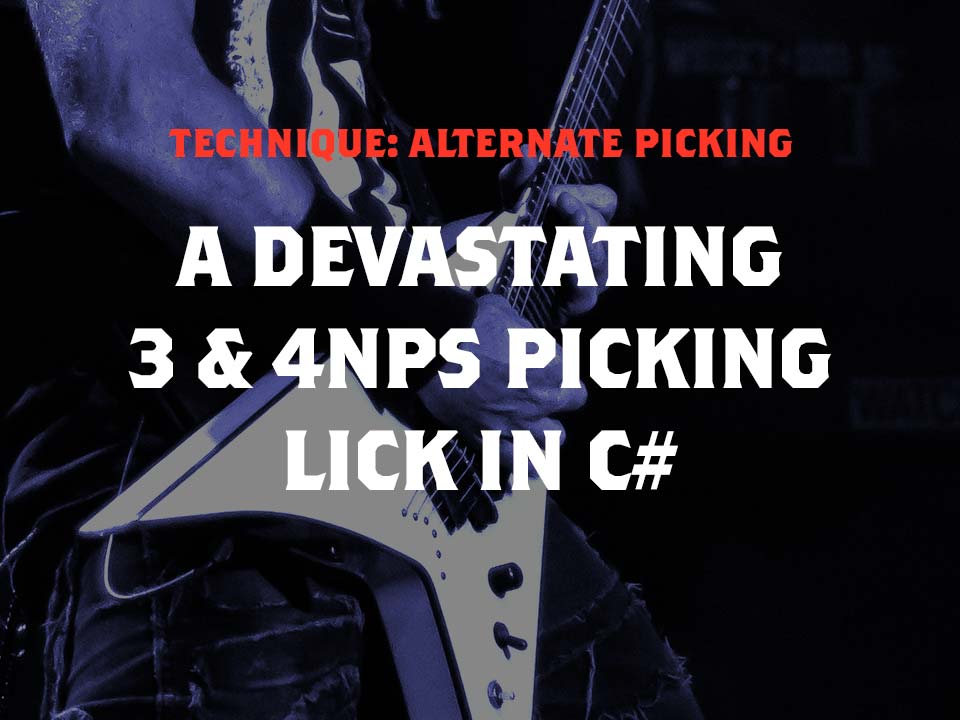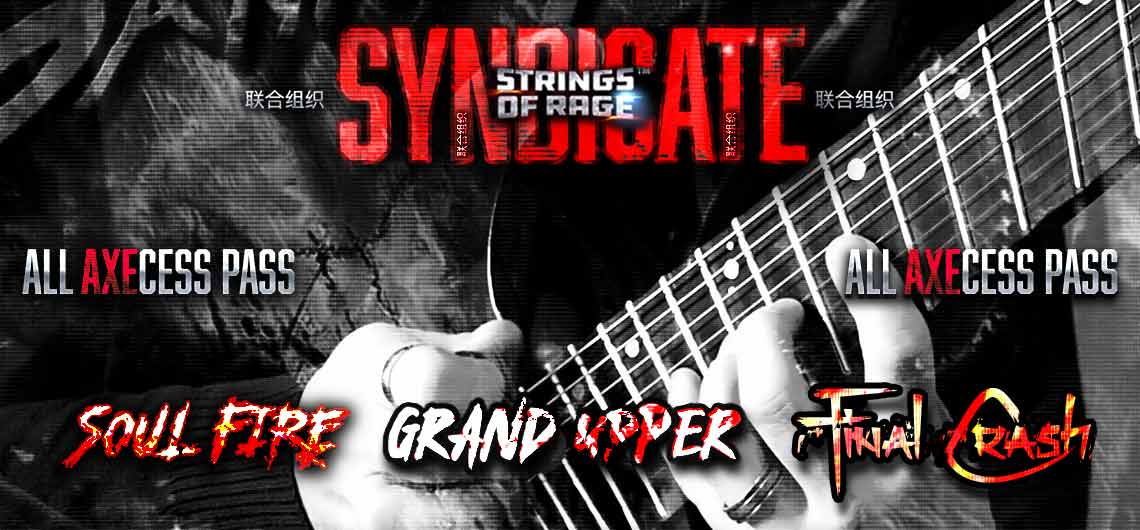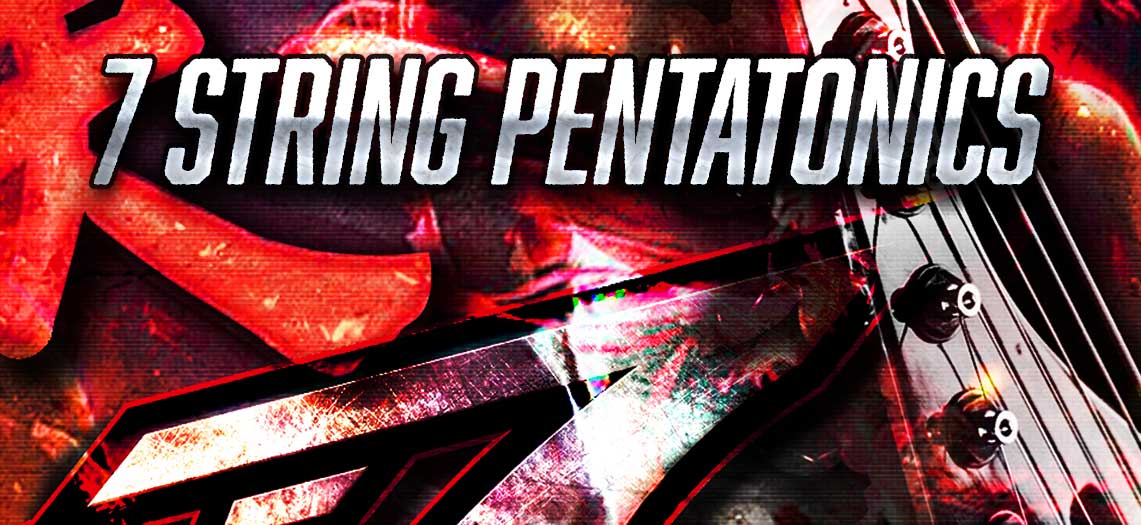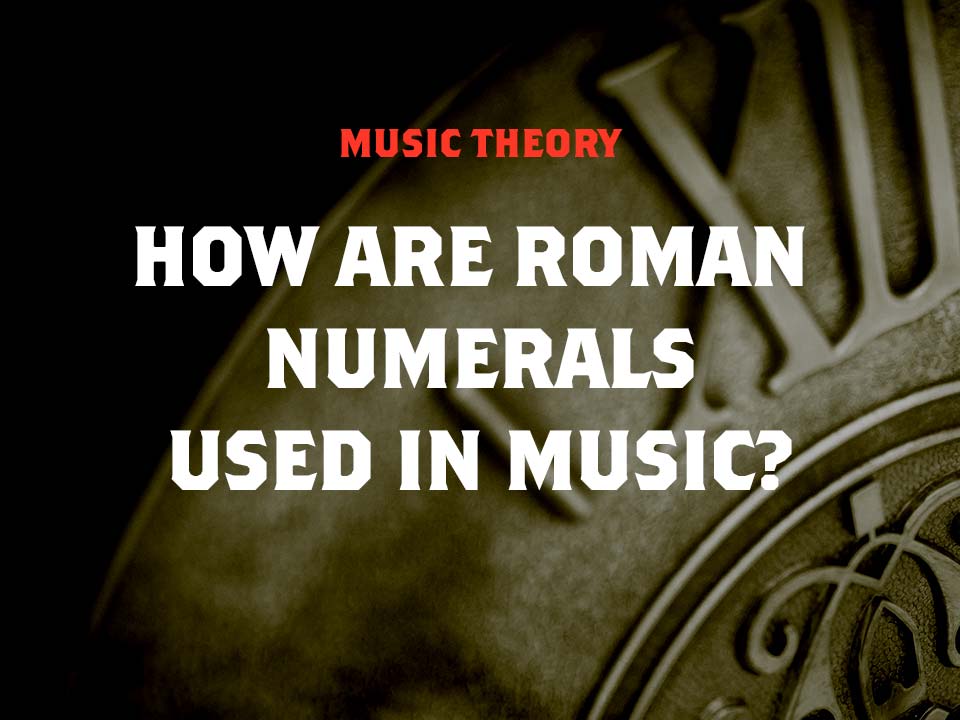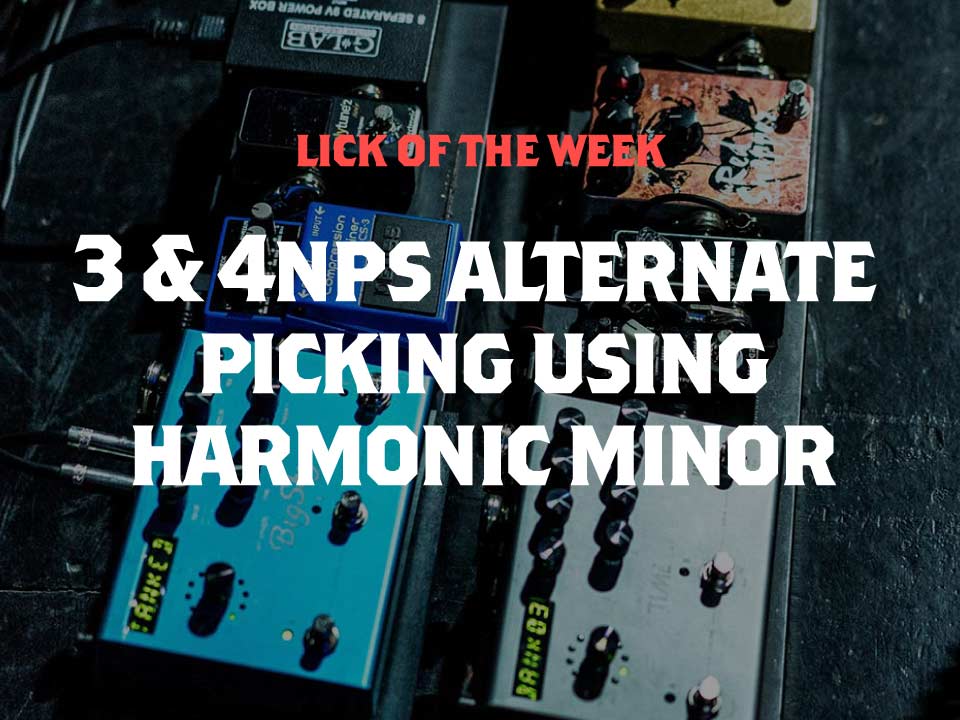Today we’re going to take the next step in modal freedom. 3 Octave Harmonic Minor Modes! If you’re visiting this post you’ve most likely got the 3nps Harmonic minor modes under your fingers & under control!
These 3 octave harmonic minor modes cover much more ground in a linear fashion across the neck. You’ll have probably noticed that these versions of the modes switch between 3 and 4 notes per string. Each of these shapes have a repeating 7 note pattern across two strings. Once you know these, they become really easy to play because they repeat in octaves.
Continue ReadingWelcome to this intervallic tapping webisode! In this quick lick lesson we’re going to use big intervallic sounds with chord extensions to create a tapped arpeggio sequence.
In this intervallic tapping lesson we’ll be in the key of A Major. That’s the notes A B C# D E F# G#. We’ll also be tapping the extensions Add 9 and Add 11. In addition we’ve included a bonus extended lick in the downloadable tab book as well. You can download the tab now or read the lesson first and then download the tab at the bottom.
Continue ReadingWelcome to this first episode of exotic scales and modes! In this episode we’re going to be unearthing the secrets ensconced within the Gypsy Major scale!
There are many different names for exotic modes. We’ve done our best to find out the original names for the parent scales where possible. For reference you may know the Hungarian minor scale. This is mode number 4 of this scale! Exotic scales and modes can yield a unique set of new ideas that will imbue your playing with creative new sounds. Let’s Go!
Continue ReadingWelcome to this very first instalment of advanced modal sweep picking! In this series we’re going go beyond the realms of anything considered ‘normal’ or ‘standard’ sweep picking. These ideas will take your sweep picking ability to the next level. Summon your inner Anubis! Let’s Go!
We’ve yet to see or hear many other players doing these type of ideas so this is pretty exciting stuff! Most common sweep picked shapes are usually very basic major and minor tonality. You’ll hear some of the more advanced players take it further with some basic 7th extensions but it doesn’t often go beyond this. In this series we’re going to show you how to create new sounds using a highly versatile advanced sweep picking approach. Get warmed up and get your shred on because these are going to test your dexterity!
Welcome to part 2 of our exploration of seventh chords. In part 1 we looked at the more common types of sevenths, in this part we’re going to look at some which you won’t come across as often.
You can get some quite unusual sounds from some these chords because of their altered extensions. Remember these chords will be derived from a particular scale or mode and some of these chords are exclusive to their mode.
Continue ReadingToday we’re going to look at extending the basic chord triads by adding a 7th. This will give us a whole new set of ‘Seventh Chords’.
If you’re not sure how to form the basic triads check out our post on doing exactly that, here. You may also want to check out our post on intervals if you’re not sure of the difference between a minor 7 and a major 7, however the diagrams below should make things fairly clear.
Continue ReadingATTENTION! In this weeks episode we’re going to be looking at creating a beautiful 5 & 6 string sweep picking progression that flows seamlessly through 3 altered major chords. The real magic in the sound of this progression is the extended notes we’re adding in to each arpeggio.
This takes a very normal sounding sweep picking progression into something with interesting and unusual sonic quality that will really grab some attention. We’ll strategically choose our arpeggio inversions to keep each shape within the same position on the fretboard. This means we can do a huge sounding sweep picked progression without having to move all over the neck. NOW GET TO IT!
The following exercise is designed to help you increase your alternate picking speed. We’ll do this by pushing slightly beyond your ‘comfortable limit’ in short controlled bursts. By ‘comfortable limit’ I mean the fastest speed you can play before you start to make mistakes or go out of time.
The lick is a short, single bar which consists of mostly 16th notes. However the first 3 notes of each half are 16th note triplets. You can play these faster than 16th notes. You can fit 16 sixteenth notes in a bar but you can fit 24 sixteenth note triplets. Once you get comfortable with this exercise you’ll find you’ll be able to increase your alternate picking speed quicker than you thought!
Continue ReadingIn this episode we’re going to learn how to harmonize the major scale to form diatonic chords. ‘Diatonic’ chords are chords which have been created using the notes from the major scale.
If we make a basic chord triad from each degree of the scale, we end up with seven chords. A chord triad is a group of three notes, usually a root, third and fifth. These are are all degrees of the major scale.
Okay kids, this is where it all starts! The major scale modes! You’ve probably seen around the internet, in books and many other resources that there is other ways to play these scales. In fact, any scale. We would highly suggest to avoid playing your scales in a non 3nps (or 4nps) way.
3nps scales make things very easy and give you the most mileage of notes. ‘Cowboy’ shapes can be very confusing because of the varying number of notes per string. The 3nps shapes make it nice and easy to string things together and quickly navigate the fretboard.
Here’s a fun and challenging lick for all you string skippers out there. This lick uses all 4 fingers on the fretboard hand and skips in the same position before shifting position on the descend. Whole tone is a great way to add a sense of mystery to a solo or to make your listener feel uneasy.
When you mix whole tone and chromatics you can achieve a really unique dissonant or outside sound. Make sure you use it sparingly though!
This week we’re going to look at a 6 finger Tapping lick that is often associated with the likes of Steve Lynch, Nuno Bettencourt. Not to mention more modern players such as Andy James & Rusty Cooley. This tapping lick uses 3 fingers on your right hand and 3 fingers on your left hand.
I find this six finger tapping lick easiest to tap with index, middle and ring fingers on your picking hand. You can then execute hammer-ons and pull-offs on the fretboard hand with index, middle and pinky fingers. I believe in playing however you are most comfortable, so if you find a different finger combination works better for you then go with that.
Continue ReadingHere’s an interesting descending harmonic minor picking lick that incorporates 3 and 4 notes per string. This one is particularly challenging because the 4 note pattern uses a minor third > half > whole shape which is unconventional for this type of lick.
We’ll be using a 3 and 4nps pattern for most of the lick, finishing up in the Dorian#4 position of the harmonic minor modes. Get warmed up and get your shred on because this Harmonic Minor Picking Lick is a ripper.
Continue ReadingThis is an interesting concept I’d like to demonstrate for creative songwriting. We’re going to look at writing a progression that changes key but remains in the same mode.
In this lesson we’re going to take full advantage of the beautiful lydian mode to write a mysterious chord progression that employs a key change. The really clever thing about how this works is that it uses the idea of pitch axis.
Continue ReadingMichael Jackson is a massive inspiration for us here at Strings of Rage™. In this episode we’re going to take a close look at the composition of one of MJ’s most awesome, but little known heavy rock tracks “Do You Know Where Your Children Are”.
This track was a previously unreleased song recorded for the Dangerous album. It’s a shame this song didn’t make the cut because it’s such an aggressive solid rock tune from MJ. It would have easily complemented the likes of “give in to me” and “black or white” on the Dangerous album.
Continue ReadingIn music Roman Numerals are used to denote the scale degrees and which degree a chord is built from, for example the V chord is the chord built from the fifth note of they key (In C major this would be the note G).
Continue ReadingThis week we’re going to look at a rippin’ alternate picking lick that switches between 4 and 3 fingers per string. We’re going to be using sequences of sevens and fives to play through this lick in octaves across all 6 strings. In this alternate picking lick we will be utilising the Harmonic Minor scale
Typically an alternate picking sequence of 5’s or 7’s will be using a 3 finger shape, however because we are switching between 3 and 4 fingers per string, a sequence of 7’s now becomes a 4 finger shape. You’ll notice that when you start over on the next octave you begin again with your pinky. The really unique thing about this lick is that the sequences start at opposite ends, this makes for an unconventional sound to a picking lick.
Read more